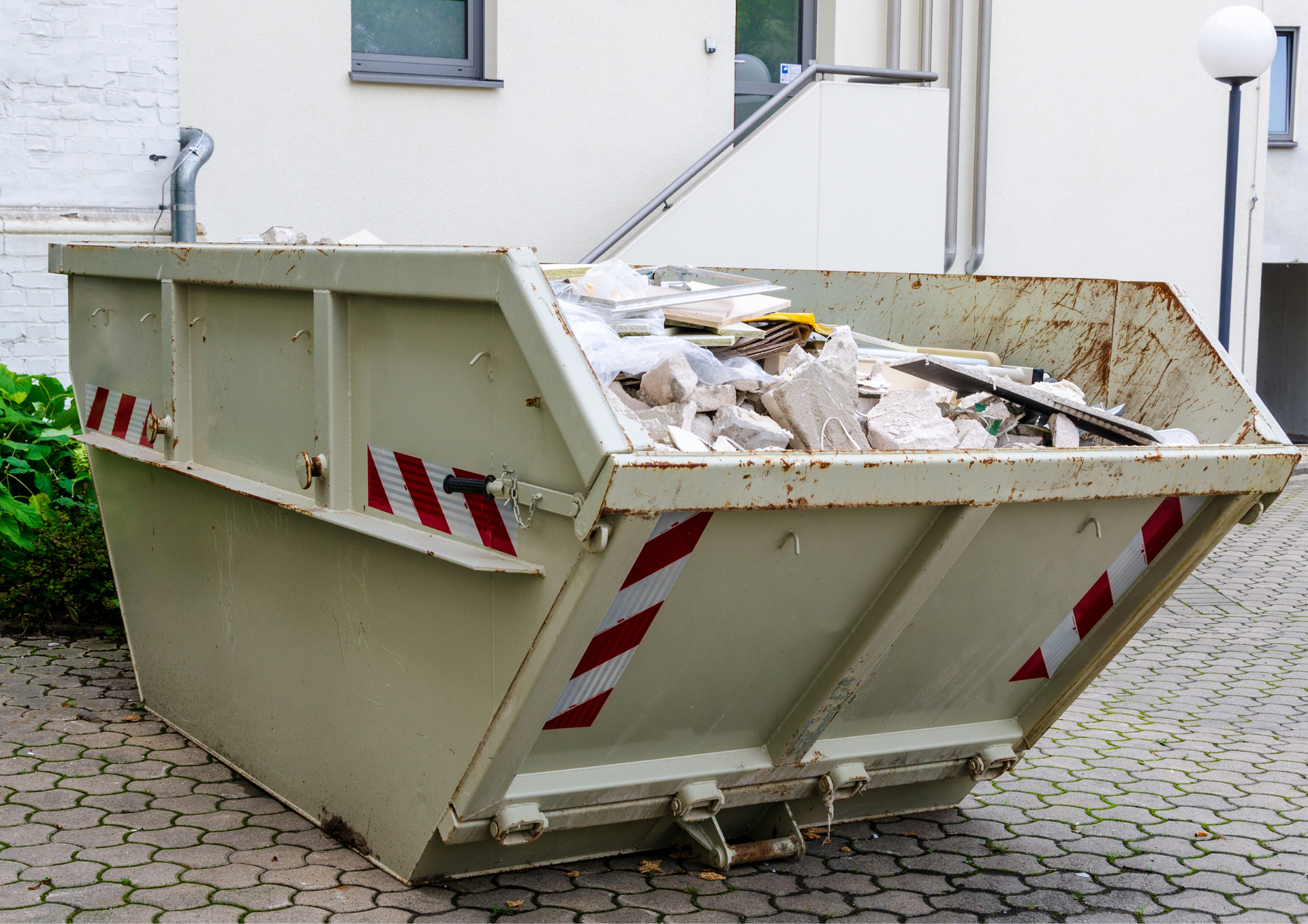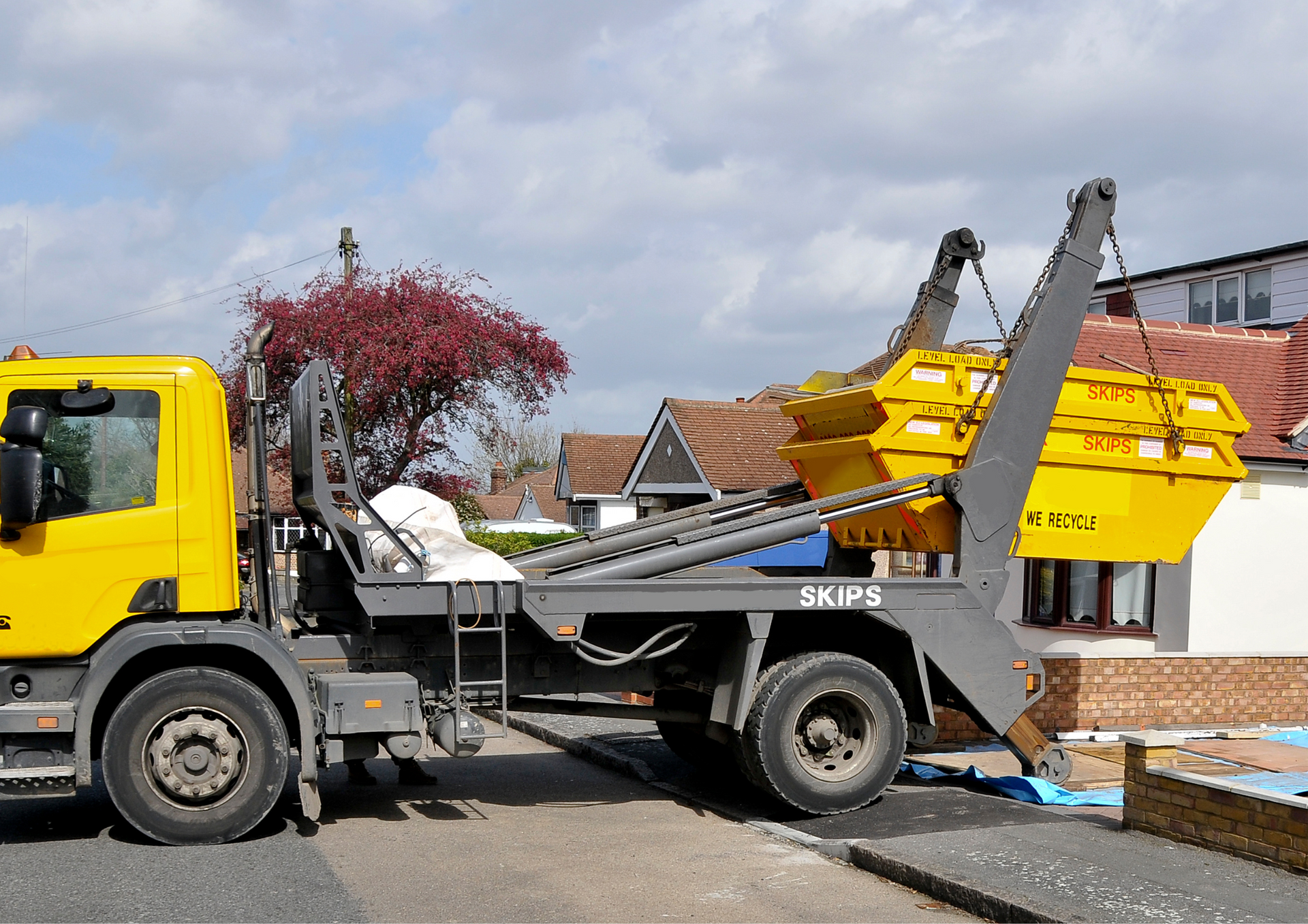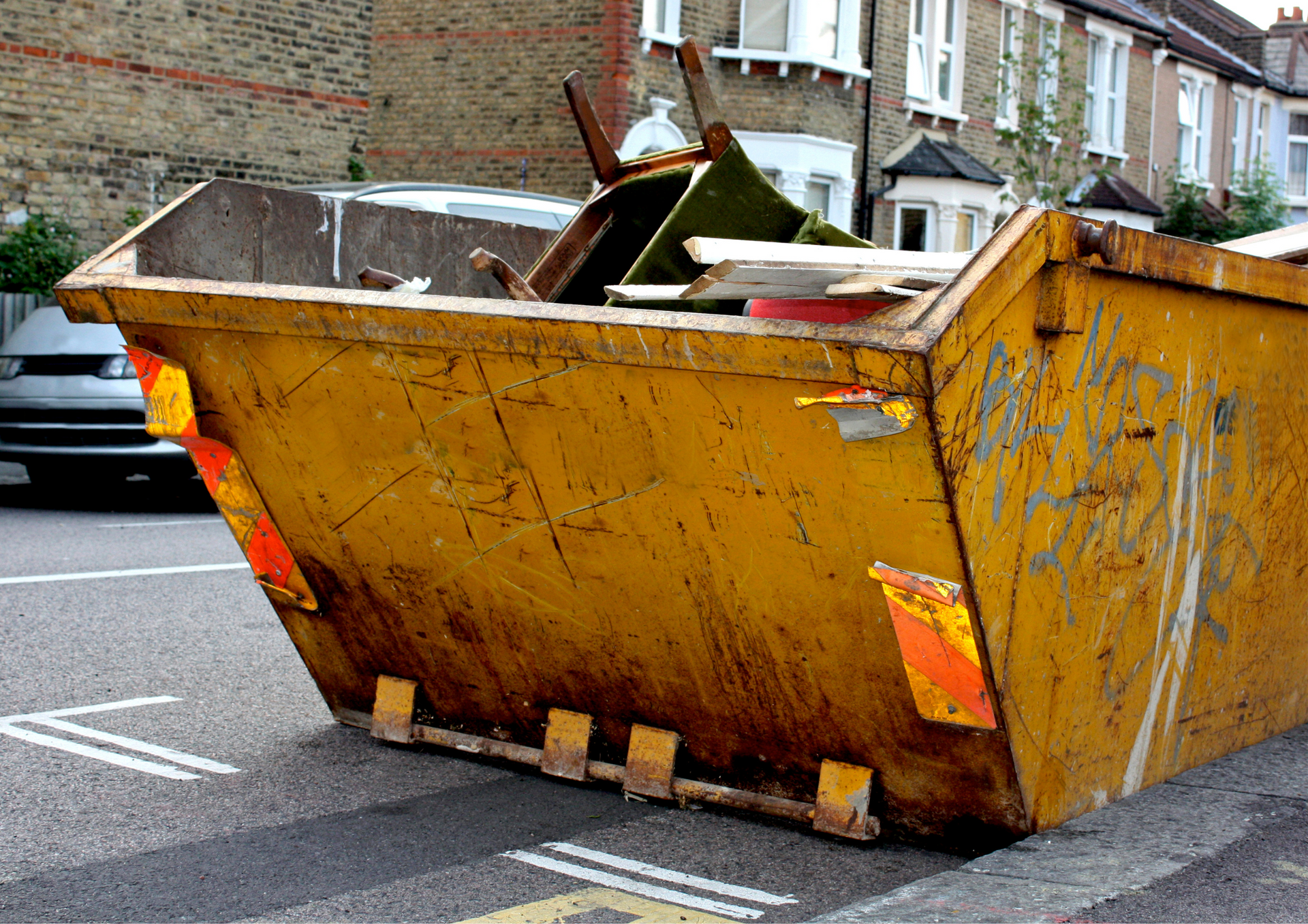Complete Guide to Builders Skip Sizes and Dimensions Explained
When managing waste during construction, renovation, or landscaping projects, selecting the right skip size is essential for efficiency and cost savings. Whether you’re a construction company, homeowner, or business, understanding the different builders skip sizes and their capacities ensures your waste disposal process stays organised and hassle-free.
In this comprehensive guide, we’ll explore the different builders' skip sizes, their typical uses, and tips to help you select the most suitable one.
Understanding Builders Skips and Their Importance
A builders skip is one of the most commonly used skip types across the UK for both domestic and commercial projects. Known for its practical size and versatility, it’s designed to handle a wide range of non-hazardous waste, including bricks, concrete, soil, metal, wood, and mixed construction debris.
Builders strike a balance between capacity and space efficiency, making them ideal for sites with limited access. They’re large enough to handle substantial amounts of waste yet compact enough to fit on most driveways or construction areas.
For many projects—whether it’s a small renovation or a full property clearance—the right builders helps maintain a clean, safe, and organised environment, reducing the risk of accidents and delays. Proper waste management not only enhances productivity but also ensures compliance with environmental standards and local waste disposal regulations.
Choosing the correct skip size from the start can prevent unnecessary costs and logistical headaches. Overestimating can waste money, while underestimating may require ordering an additional skip—both of which can delay progress.
Common Skip Sizes Explained
When selecting a skip, understanding the available sizes is essential. While there are various options, some are particularly suited for building, renovation, and clearance work. Each skip size offers unique advantages depending on the scope and nature of your project. Let’s take a closer look at some of the most commonly used skip sizes.
The Compact 4 Yard Skip
The 4 yard skip is a popular choice for smaller renovation projects, bathroom or kitchen refits, and minor landscaping jobs. Despite its modest size, it can hold approximately 30–40 bin bags of waste, making it ideal for residential use or small construction tasks.
Its compact footprint means it fits neatly on driveways or narrow sites, reducing the need for on-road placement and potential permit requirements. Many homeowners appreciate this size for its convenience, affordability, and versatility—it’s small enough for easy loading yet large enough to handle a surprising amount of debris.
The Reliable 6 Yard Skip
The 6 yard skip is often referred to as the “standard builders.” It’s one of the most commonly hired skips in the UK, offering a perfect balance between capacity and practicality. Capable of holding roughly 50–60 bin bags, this size is suitable for mid-sized renovation or construction projects.
This skip is a great choice for builders working on house extensions, garage conversions, or garden overhauls. It provides ample space for bulky waste materials without occupying excessive room on-site. For projects that produce a steady flow of mixed waste—like bricks, timber, and plasterboard—the 6 yard remains an efficient and economical option.
The Versatile 8 Yard Skip Hire Option
For larger-scale projects, the 8 yard skip hire option offers excellent capacity without becoming unmanageable. Holding around 60–80 bin bags of waste, it’s ideal for extensive building work, full property renovations, or commercial clear-outs.
This skip size is especially practical for disposing of heavy materials like concrete, soil, and rubble—materials that smaller skips might not accommodate in sufficient quantity. Construction companies often use this size for ongoing site operations, ensuring a cleaner, safer work environment.
Its generous size minimises the frequency of skip exchanges, saving both time and money during longer projects. However, as with all skips, it’s important to avoid overfilling or including restricted items to comply with waste management regulations.
The Spacious 12 Yard Skip
When handling large volumes of light or mixed waste, the 12 yard skip is a superb solution. Often used by businesses during office refurbishments, large-scale property clearances, and event clean-ups, it provides impressive capacity—around 100–120 bin bags.
Due to its size, this skip is generally not suitable for heavy materials such as soil or hardcore, as overloading could exceed weight restrictions. Instead, it’s perfect for bulky but lighter waste like furniture, packaging, and construction offcuts.
For event organisers or companies managing significant waste streams, this skip size ensures efficient disposal with fewer collections required, keeping operations smooth and compliant.
Factors to Consider Before Choosing a Skip Size
Choosing the right skip involves more than just estimating how much waste you’ll produce. Several practical factors can affect cost, convenience, and overall efficiency. Here’s what to keep in mind before making your decision:
- Type of Waste:
Determine whether your waste is heavy (e.g., rubble, soil, concrete) or light (e.g., wood, cardboard, insulation). Heavy waste is best suited for smaller skips due to weight limits, while bulky, lightweight materials are better managed with larger skips. - Space Availability:
Assess where the skip will be placed. Limited space or difficult access points may require smaller skips or council permits for roadside placement. Measure carefully to ensure the skip fits without causing obstructions. - Project Duration:
Longer projects often generate waste gradually. Consider extended hire options and confirm collection or exchange schedules in advance to prevent unexpected delays or extra charges. - Budget and Efficiency:
Strike a balance between cost and capacity. While larger skips may seem more expensive, they can often reduce the need for multiple hires, saving time and money in the long run.
Tips for Making the Most of Your Skip Hire
Efficient use of your skip not only helps you get the best value for money but also keeps your site organised, safe, and compliant with waste regulations. Here are some practical tips to ensure you make the most out of your skip:
- Organise Your Waste:
Break down large or bulky items before loading. Place flat materials like doors or panels at the bottom, followed by lighter, bulkier waste on top to maximise available space. - Avoid Prohibited Materials:
Never dispose of hazardous waste such as asbestos, batteries, tyres, chemicals, or electrical appliances in your skip. Always check with your provider for a full list of restricted items to ensure safe and legal disposal. - Load Evenly and Safely:
Distribute waste evenly to prevent tipping and avoid overfilling. The contents should never exceed the skip’s top edge, as this makes collection unsafe and may result in additional charges. - Plan Ahead for Permits:
If you need to place the skip on a public road, arrange for a council permit in advance. Reputable providers can help secure the necessary permits and handle the paperwork for you. - Choose a Trusted Skip Hire Provider:
Partner with a reliable skip hire company that offers transparent pricing, prompt delivery, and responsible waste management. A trustworthy provider ensures your waste is collected and disposed of properly, giving you peace of mind throughout your project.
Understanding
builders skip
sizes and dimensions is essential for effective waste management, whether you’re renovating a home, clearing a site, or managing a large commercial project. Each skip size offers unique benefits suited to different types of waste and project scales.
By assessing your waste volume, space availability, and project needs, you can make a confident and cost-effective decision that keeps your work area safe and organised.
Choosing the right skip not only saves time and money but also contributes to environmental responsibility—ensuring that your waste is processed, recycled, or disposed of correctly.
At
Budget Skip Hire Worcester, we take pride in providing reliable, affordable, and environmentally responsible skip services tailored to your needs. Whether you’re a construction company, homeowner, or business, we offer a wide range of skips to suit every project size and waste type.
Our team is dedicated to making skip simple and stress-free—from helping you choose the ideal skip to managing permits and timely collections. We prioritise transparent pricing, fast delivery, and sustainable disposal practices, ensuring you receive exceptional service every step of the way.
Update on X: Builders skip dimensions made easy – your complete size guide!




